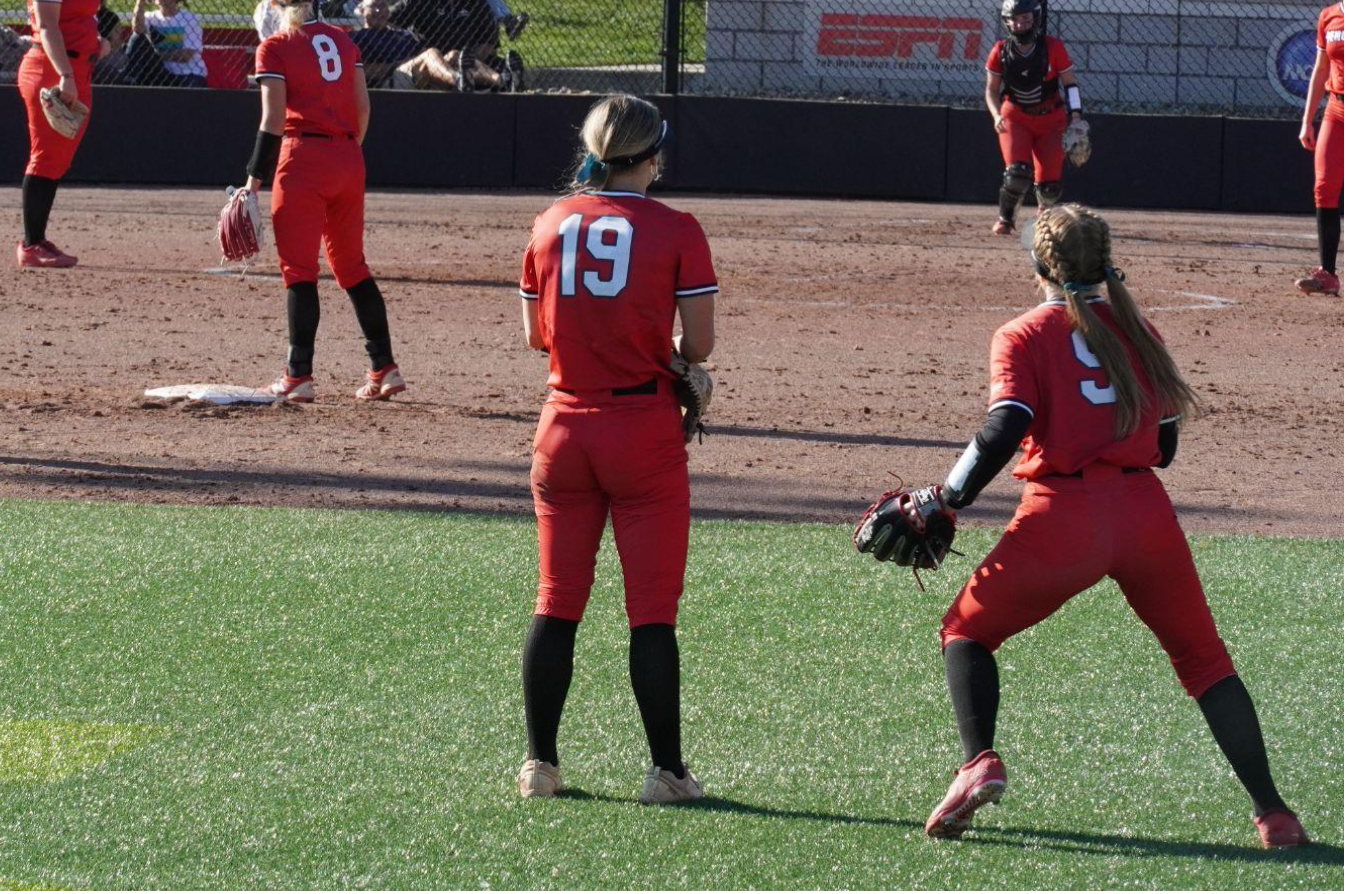By Gunnhildur Baldursdottir
Jambar Contributor
Youngstown State University’s Athletic Department is ranked the second largest in Ohio, after The Ohio State University, with 520 student-athletes across the 21 sports programs.
Ron Strollo, executive director of Intercollegiate Athletics, said YSU expanded its athletic programs in 2019 when enrollment declined on campus.
“There was a necessity for us to take on some more student-athletes and more sports. That’s when we added lacrosse, men’s swimming and diving, and doubled the roster in cross country,” Strollo said.
According to the National Collegiate Athletic Association, Division I schools must sponsor a certain number of sports depending on the university’s football team’s division. For YSU and other Football Championship Subdivision schools, the requirement is 14.
YSU athletics affect the campus and community through mitigating enrollment numbers and state-funding toward academic success.
Neal McNally, the vice president for finance and business operations, said implementing more sports at YSU was a goal led by former President Jim Tressel.
“It has helped mitigate and slow down the decrease in overall enrollment, as we’ve seen more and more student-athletes on campus … We cannot say the same thing about a lot of our academic programs,” McNally said.
Strollo said YSU athletics holds a budget of $20.5 million or 11% of the total university’s budget this year. In comparison, McNally said the Academic Affairs budget is currently 65%.
The yearly $48 million of state funding from the state of Ohio is driven by enrollment and academic success, which athletics helps maintain, according to McNally.
“Our student-athletes have actually helped drive state funding as well. So there’s definitely some revenue components that probably go unnoticed but are very real and have a significant impact,” McNally said.
James Slessor is a sophomore business management major and international student from New Zealand. He holds YSU’s record in 50 and 100-yard breaststroke on the YSU swimming and diving team.
Slessor said he loves the nature of sports at YSU and appreciates the opportunities athletics has given him to make friends from other sports teams.
“The swimming team showing up to volleyball games and basketball games in our speedos and then having [the volleyball team] come to our meets. That’s pretty awesome,” Slessor said.
Slessor also said there is nothing like the NCAA in New Zealand, so continuing his athletic career while pursuing a degree simultaneously was the most logical decision for him.
Universities around the country have been cutting programs in recent years for various reasons, but COVID-19 and its aftermath was a setback for many. McNally said increasing overall enrollment remains the biggest challenge for YSU. However, YSU athletics is unlikely to be cut for future financial reasons.
“Athletics didn’t make the cut for cuts because we would have been shooting ourselves in the foot,” McNally said. “That doesn’t mean there weren’t constituencies on campus who still would have liked to see a sort of fairness.”
McNally adds that numerous universities look up to YSU and its financial position as members of the Horizon League and Missouri Valley Football Conference.
“When Jim Tressel first arrived in 2014, he had people whispering in his ear, ‘This is our opportunity to elevate, get to the Mid-American Conference’… it didn’t make sense for us economically,” McNally said. “The Akron CFO has whispered in my ear, ‘I wish our athletic programs were like yours. I wish we weren’t in [the] MAC.’”
Strollo said the athletic department is constantly evaluating its work and time and that athletics will likely add more sports in the future.
“We need to have that conversation with our president and our board of trustees just to see where we fit in the grand plan of enrollment. The more student-athletes we can bring, the better it helps our institution,” Strollo said.
